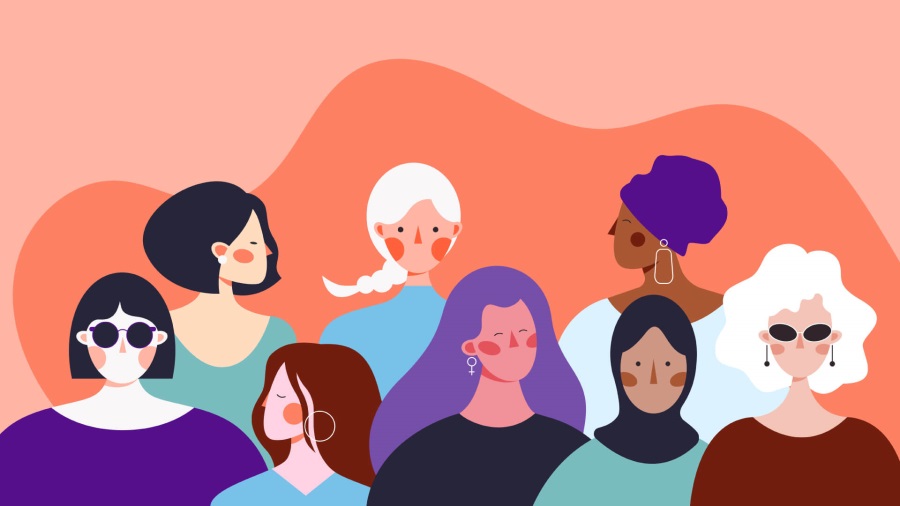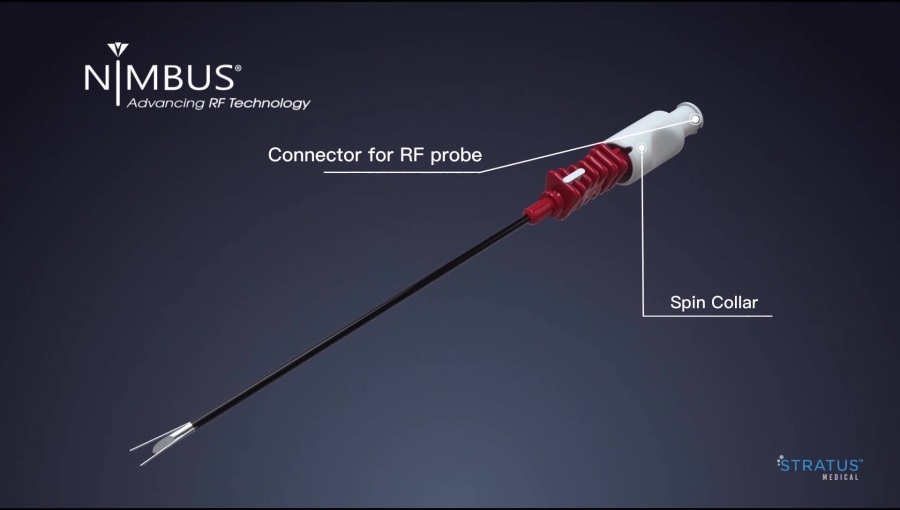Videos for Healthcare Industry
Healthcare workers use videos to gain the trust of potential patients by telling their story while conveying their medical expertise. If you’re a medical professional an explainer video can be an effective marketing tool for trade shows, onboarding patients, training and for use in your waiting room.
Once your video has been produced and you own it, you can use it in a variety of ways without having to utilize staff. There is no need for anyone to manage your ads and you won’t need to hire outside consultants.
A well-produced video is a versatile tool that medical professionals can use in many different ways, not just for marketing purposes. That said, over 75% of businesses in 2018 that used videos claim that it helped increase revenue.
How can medical topics be explained clearly?
You may be trying to explain complicated medical processes, an intricate disease, or a potential treatment. You are quite knowledgeable about this subject, but it will take too long to explain this story to people individually. Odds are, when you do finish explaining something, your audience may not have fully comprehended your message. How, then, can you say what you want to say in its entirety to everyone?
This is where we come to the rescue! Our company creates 2D animated videos that are short. In just under two minutes, we can convey your subject – whether it involves treatment, an illness, or a process – in a manner that is easy for everyone to understand. The complexity of the subject hardly matters, nor does the clarity or specificity of the topic. We use visuals and clear language that matches text perfectly.
Thanks to these types of videos, you won’t have to re-tell your story repeatedly and separately. Simply show them the healthcare animation video instead! The video can be used in a number of ways, both externally and internally. You can broadcast it at in-person presentations and online platforms all the same.
Are you interested in finding out more information about animated healthcare videos? Browse through our portfolio, which includes projects we did for Friday Healthcare, Conde Nast, and Everyday Health, then give us a call!
How the Healthcare Field Is Benefiting from Medical Animation
Animation continues to play a key role in this industry. This coming year is expected to be the biggest one yet for it. Medical professionals around the world are starting to realize the advantages that come with medical animation, particularly with regards to marketing, patient communication, and education.
Advancements in technology have also contributed to the growth of animated medical videos. There has never been a better time to get an animated video done inexpensively and with ease – especially if you want to explain complicated topics related to healthcare.
Medical animation will continue to rise in popularity well past the year 2020, too, as evolving technology makes way for new and improved productions. According to Grandview Research, the international market for animated medical videos is forecasted to be worth $514 million by the year 2024.
Animation offers value to those in the healthcare industry through a number of ways:
Patient Communication
The medical industry can utilize medical animations to improve the way they engage with patients.
Animations are capable of articulating relevant information to patients before they meet for their first appointment. Most patients begin searching for medical assistance on the Internet. By adding animated videos to their existing websites, you can help patients – prospective or otherwise – get a better understanding of their health conditions, prescriptions, and procedures. This can help a patient become better prepared for their appointment.
After the patient arrives at a health facility, they can be further benefited from medical animations. Many patients are not familiar with medical terminology. Explaining a condition to these people can be difficult for medical professionals. Nonetheless, it is vital for patients to understand certain things about their health. While animated videos won’t ever replace in-person engagement inside of a medical facility, they can augment communication for the health professional in order to shed light on certain devices, procedures, medications, or conditions.
Research indicates that approximately 65% of people learn through visual means. As such, articulating information visually can stimulate recall and understanding. Research also reveals that people tend to remember approximately 80% of the things they see, as opposed to just 10% of the things they hear.
As far as complex subjects go, visuals are particularly useful. Health issues are usually confusing, especially for those who lack a medical education. When things are explained orally, information can get lost. On the other hand, visuals give patients a stronger reference pertaining to the message their nurse or doctor is attempting to convey to them.
There are other capabilities of animation that cannot be found in other visual communication formats. Unlike with photographs or illustrations, animation videos can be regulated (sped up or slowed down) just the way you like.
A lot of things can be done with animated videos that can’t be done with regular ones. You’ll have flawless quality every time with animated scenes, whereas live-action videos require the right settings to be shot in high quality.
Things can be displayed in animated videos that are hard to catch with regular ones. For example, a device can be deconstructed to reveal how it operates from within, a hypothetical scenario can be explored, or an item can be zoomed right down to its molecules. The sky is the limit when it comes to animation.
Some patients might not be comfortable seeing actual footage of medical procedures. You can use animation to help them understand things better. In comparison to regular videos, studies indicate that dynamic videos result in higher comprehension by 19%.
Further, animation might be helpful in expediting the speed onboarding and training of new employees hired at a medical facility. Animation and e-learning go hand-in-hand, allowing your staff to undergo training wherever and whenever they want. Employers can make such resources accessible to their staff to be reviewed anytime they’d like.
In each one of these situations, it is evident that 3D animation has the potential to improve the retention of vital information, as well as the depths of comprehension for students. Animation lets educators display visual explanations thoroughly on any subject that may be troublesome to articulate visually.
Patient Marketing
Pharmaceutical and medical companies often use animation videos when they market directly to patients. What an average consumer is asked to think about animation, they probably think of animated characters seen in ads for medications. More and more marketers these days are using animated mascots in order to promote their treatments. Although they do not explain complicated medical subjects, they are quite effective at building brand association and recognition.
Marketers continue to use animations in commercials in order to explain how a medical device or drug works. Those companies may also add more comprehensive animated videos directly on their official website so that consumers that are interested can learn more about whatever is being promoted. This media can be viewed at a potential patient’s discretion in order to become more informed. They will probably prefer absorbing information through animation than an article, as information that is visually presented is easier to absorb. Animated videos of high quality might also get shared among friends or on social networks if the viewer believes that it provided value.
Investor Presentations
When potential investors are being presented to, pharmaceutical and medical company representatives face similar situations. Investors may lack medical backgrounds, but representatives need to understand a product to justify an investment.
The use of animation in presentations can help investors understand a medical device or drug better. It will also probably be simpler for these people to remain focused on presenting, because animations help retain the interest of people while entertaining them in the process. These presentations might go by a lot quicker, too, because plenty of information can be packed into animated videos – certainly more than you’ll be able to squeeze into an oral presentation that lasts for the same amount of time.
Forrester Research claims that 60 seconds of video equates to a value of approximately 1.8 million individual words. Animation might have an even bigger value.
Medical Animation Benefits
Animated videos offer a number of benefits throughout various sectors of the health industry. Some benefits include the following:
Comprehensive explanations: 2D/3D animations let you convey complicated subjects in a brief window of time. You can offer visible representations in detail to patients and other audiences. This happens to be one of the biggest reasons animation remains popular in the health industry. Subjects that people try to explain tend to be technically intricate. People who learn better with visuals will get a better handle on something if it is displayed in a visual format (such as 2D/3D animation).
Broader scope: animation allows you to convey things you might not have been otherwise able to offer visual explanations for. The video’s content does not need to limit itself to what humans are capable of seeing, or how objects are viewed in reality. For instance, you can display the inner workings of a certain drug in action, or showcase some sort of medical device’s cross-section, then have the cross-section rotated so that it is seen from various angles. Also, you’ll be able to zoom-in to see things on a microscopic level, zoom-out and explain various trends, or make animated characters. The sky is the limit when it comes to 3D/2D animation.
Improved interaction: it is a lot easier to retain the interest of people with content of a visual nature. 3D/2D animation can entertain the viewer thanks to their captivating and dynamic approach. Also, people are more attentive when they are exposed to something they understand, which animation can help with. Such improved interaction can enhance the results of a student’s education. They can also help patients become actively involved with their health conditions.
Enhanced recall: people tend to remember things better when they are taught visually. Because a lot of details can be fit into an animated video, you will be able to help viewers remember things a lot better than if you tried to show them the same information with other methods. Brands have achieved tremendous success stimulating brand recognition with animation, demonstrating further how much better people learn things when animation is involved.
Audience suitability: 3D/2D animations are ideal for a vast array of audiences, including people who do not have any medical education or background. Although people who lack medical knowledge might be uncomfortable viewing footage of health procedures, 3D/2D animation lets them see such content without aspects that may make them somewhat uncomfortable. This kind of media can be used with kids to convey medical subjects. Further, the complexity of the visuals used can be accommodated to the viewers’ expertise level.
Professional look: the use of high-quality animated videos add a little extra to your marketing endeavors. Animation adds a level of professionalism to your production, impressing investors, stakeholders, and potential clients alike.



